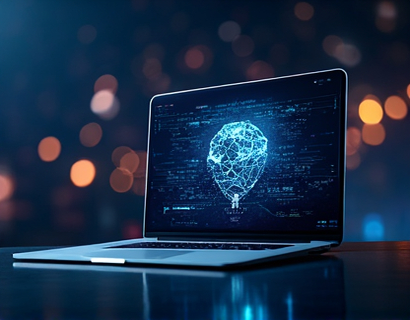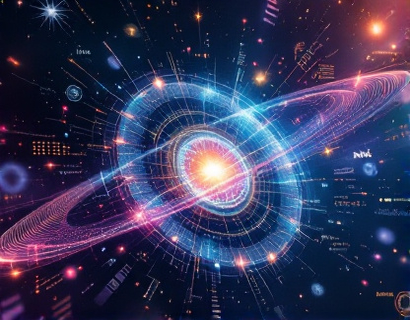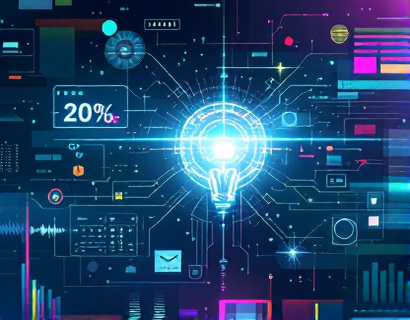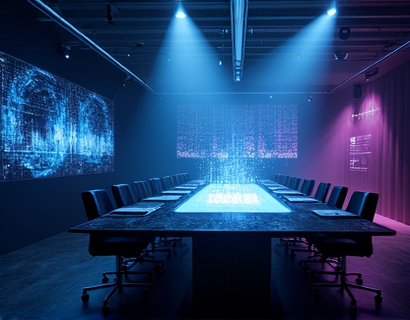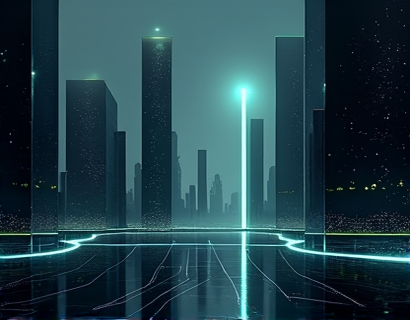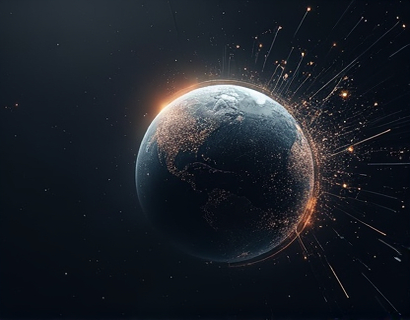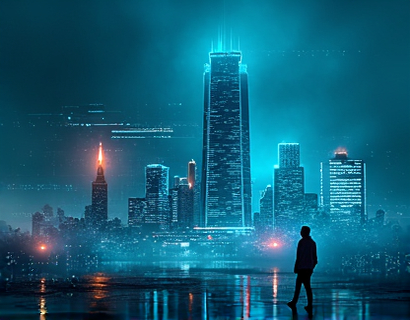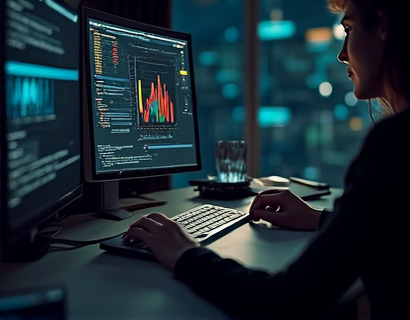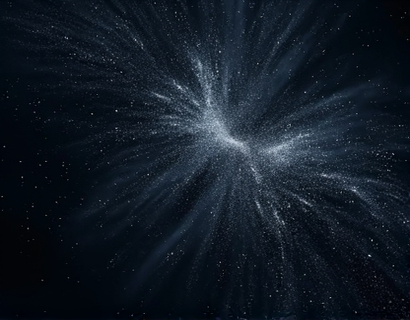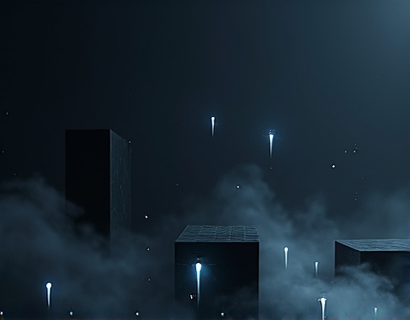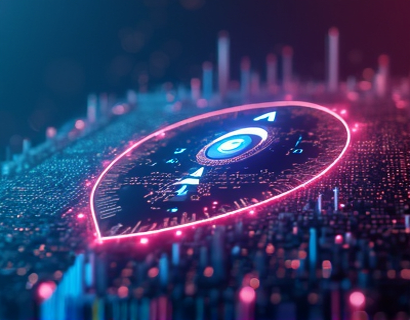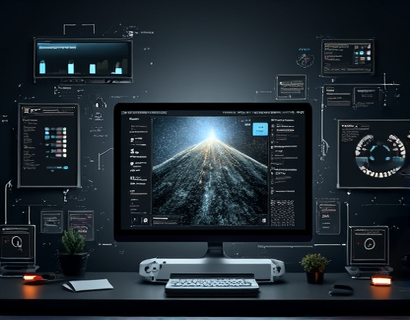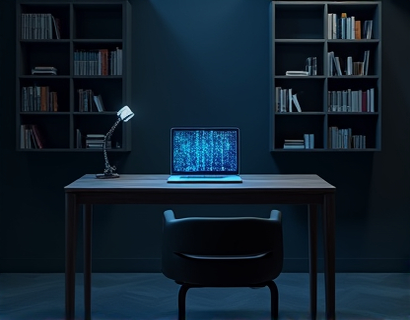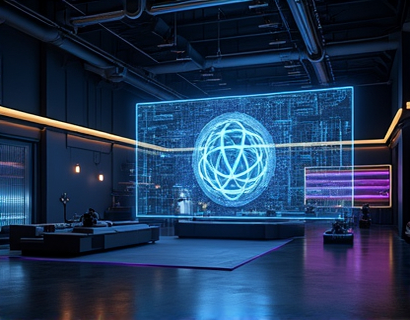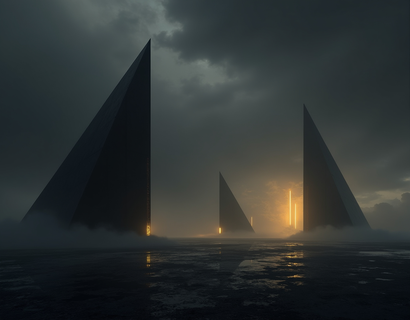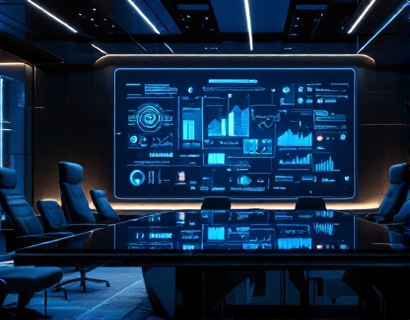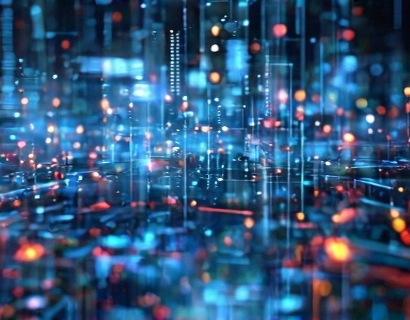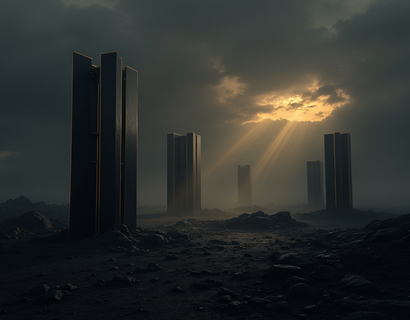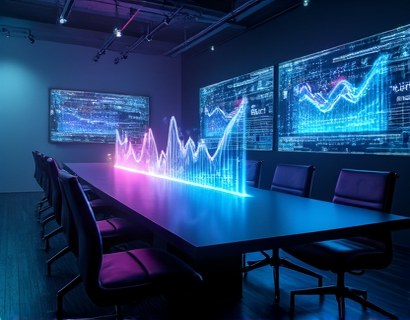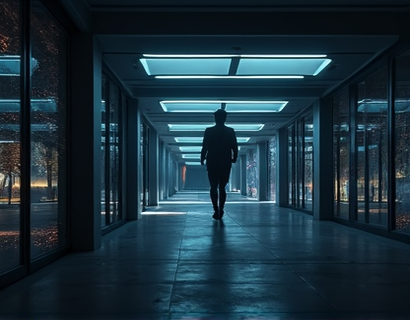Unlocking the World of Unique Digital Assets: A Premier Guide for Enthusiasts and Collectors
The digital age has ushered in a new era of collectibles and assets, transcending the traditional boundaries of physical items. This guide aims to illuminate the fascinating world of unique digital assets, offering a comprehensive resource for collectors and enthusiasts. From digital art to rare in-game items, this realm is as diverse as it is valuable, catering to a wide array of interests and needs.
Exploring the landscape of digital assets begins with understanding what constitutes a unique digital asset. These can range from one-of-a-kind digital art pieces created by renowned artists to exclusive in-game items that hold significant value within specific gaming communities. Unlike physical collectibles, digital assets exist in the virtual space, making them accessible and tradable globally, yet often shrouded in mystery for those unfamiliar with the digital marketplace.
The allure of digital assets lies in their uniqueness and the stories they carry. Each asset, whether it's a digital painting or a rare virtual item, has a history and a community around it. For collectors, this means the opportunity to own a piece of digital history and be part of a vibrant, global community. Enthusiasts can explore, connect, and engage with these assets in ways that were previously unimaginable.
One of the key aspects of the digital asset market is its diversity. Digital art, for instance, has gained immense popularity, with platforms like NFT (Non-Fungible Token) marketplaces becoming hubs for artists and collectors. These platforms allow for the creation, sale, and ownership of unique digital art pieces, each certified and verifiable through blockchain technology. This ensures authenticity and provenance, which are crucial factors for collectors.
Beyond digital art, the realm of virtual real estate is another exciting area within digital assets. Virtual lands and properties in online games and virtual worlds can be bought, sold, and even developed. These digital realms offer a new dimension to collecting, where the value lies not only in the property itself but also in its potential for development and the experiences it can offer.
In-game items represent another significant segment of digital assets. Rare and limited-edition items within games can command high prices and hold substantial value within gaming communities. These items often come with unique abilities or aesthetics, making them highly sought after by players and collectors alike. The value of these items is often determined by their rarity, utility, and the game's popularity.
To navigate this vast and intricate world, collectors and enthusiasts need a premier resource that offers a comprehensive view of the available digital assets. Such a platform should provide detailed information, high-quality images, and community engagement tools. It should cater to various interests, from digital art lovers to gaming collectors, ensuring that everyone finds something of value.
Let's delve deeper into the different categories of digital assets, starting with digital art. Digital art has revolutionized the way we perceive and collect art. With the rise of blockchain technology, digital artists can now create and sell unique pieces that are verified and protected against duplication. Each digital art piece can be owned and displayed in virtual galleries or even integrated into digital environments.
The process of acquiring digital art involves exploring various marketplaces and platforms dedicated to NFTs and digital art. These platforms often feature works from both emerging and established artists, providing a rich tapestry of styles and themes. Collectors can browse through collections, read artist descriptions, and even interact with the artists themselves, adding a personal touch to the collecting experience.
Moving on to virtual real estate, this category encompasses digital lands, properties, and even entire virtual worlds. These assets can be acquired through auctions, direct sales, or even mining in some blockchain-based platforms. The value of virtual real estate is often tied to its location, size, and potential for development. For instance, a plot of land in a popular virtual world with high foot traffic or near desirable locations can appreciate significantly in value.
Virtual real estate also offers opportunities for creative development. Collectors can purchase a piece of land and build their own virtual environments, creating unique experiences for others. This blend of ownership and creativity makes virtual real estate an intriguing area for both collectors and developers.
In-game items are perhaps one of the most well-known categories of digital assets. These items range from weapons and armor in fantasy games to cosmetic items in social games. The value of in-game items is often determined by their rarity, functionality, and the game's overall popularity. Limited-edition items or those with special abilities can fetch high prices in secondary markets.
Collecting in-game items requires a deep understanding of the game's ecosystem and the item's role within it. Enthusiasts often join communities and forums to stay updated on the latest trends and valuable finds. These communities also serve as platforms for trading and selling items, facilitating the market's growth and liquidity.
To fully appreciate the world of digital assets, it's essential to understand the technology behind them. Blockchain technology plays a crucial role in ensuring the authenticity and ownership of digital assets. Each asset is recorded on a blockchain, creating an immutable and transparent ledger. This technology not only prevents fraud but also provides a level of security and trust that is paramount in the collecting world.
Another important aspect is the community surrounding digital assets. Online forums, social media groups, and dedicated platforms foster a sense of community among collectors and enthusiasts. These communities provide a space for sharing knowledge, discussing trends, and even collaborating on projects. Engaging with these communities can enhance the collecting experience and open up new opportunities.
For those new to the world of digital assets, getting started can seem daunting. However, with the right resources and guidance, the journey can be both rewarding and enjoyable. Here are some steps to begin your exploration:
- Research the different types of digital assets and identify which category interests you the most.
- Explore reputable marketplaces and platforms dedicated to the type of digital assets you're interested in.
- Join online communities and forums to learn from experienced collectors and enthusiasts.
- Consider starting with smaller investments to gain experience and build your knowledge.
- Stay informed about market trends and new developments in the digital asset space.
As the digital asset market continues to grow, the potential for discovery and investment is vast. Whether you're a seasoned collector or a curious enthusiast, the world of unique digital assets offers endless opportunities. This guide has provided an overview of the different categories, the technology behind them, and the steps to get started. Embrace the digital collecting revolution and unlock the treasures that await.



